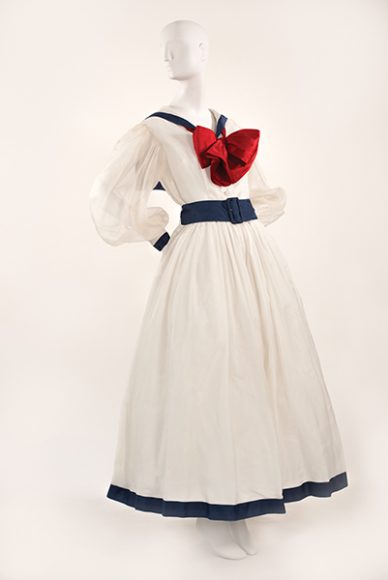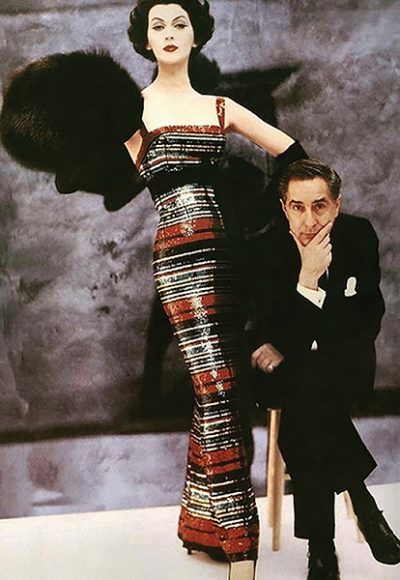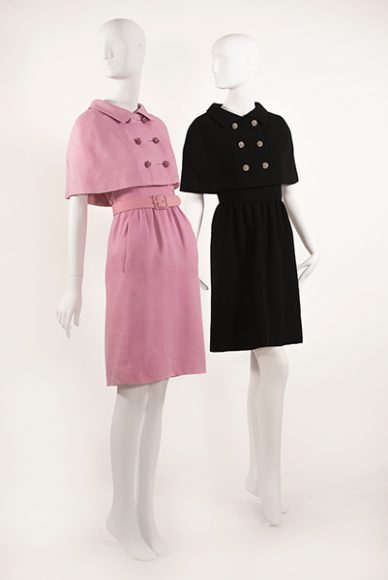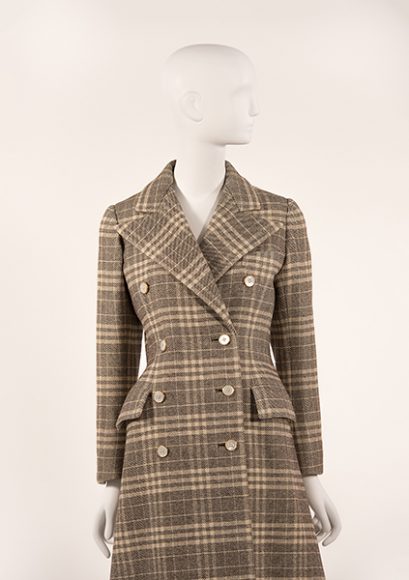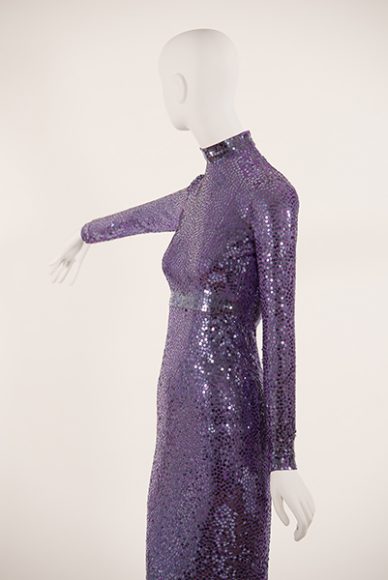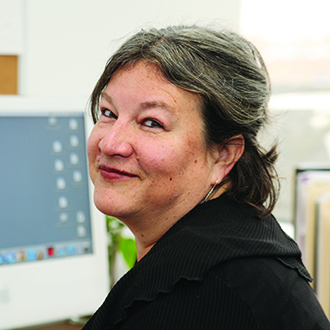There’s a 1959 photograph of Norman Norell that just may serve as the perfect summation of his aesthetic.
In the shot, William Helburn captures the fashion designer leaning forward on a stool, chin in hand. Norell’s casual elegance is echoed by an iconic model standing to his side. Also a study in classic cool, Dovima’s curves are hugged by a Traina-Norell evening sheath, striped and sequined to stunning effect.
It’s just one of the countless examples of Norell’s eveningwear, which may have been a celebration of plunging necklines, jeweled buttons and sable trims but was also equally noted for its formfitting flair, sleek sophistication and elegant comfort.
These qualities are at the heart of “Norell: Dean of American Fashion,” which opens Feb. 9 at The Museum at FIT in Manhattan.
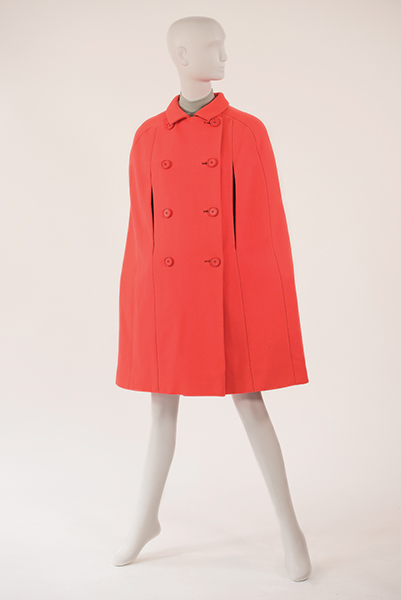
Norell (1900-1972) was born Norman David Levinson in Noblesville, Indiana, to a haberdasher father and fashion-obsessed mother. In 1919, he moved to New York to study illustration at Parsons School of Design, transferring the following year to the Pratt Institute in Brooklyn. There, he studied fashion design from 1920 to 1922 and also renamed himself Norman Norell, as advance materials tell us, the “‘Nor’ for Norman and ‘el’ for Levinson, with an extra ‘l’ to give the new moniker élan.”
Norell tapped into his love of theater to work in costume design, starting at Paramount Pictures, then in Astoria, Queens, in 1922. By 1928, he was devoted to clothing design and joined Hattie Carnegie, one of New York City’s leading fashion houses. He would become the company’s chief designer, working there until 1941 when he began a business partnership with Anthony Traina, who was then manufacturing quality clothing for a mature clientele. Traina-Norell was active until 1960, when Norell took over as sole owner, launching the company’s new label, Norell.
Throughout his career, Norell was recognized for his work, which brought haute-couture practices to ready-to-wear designs, a devotion to quality that changed the way many looked at fashion.
Starting with industry honors such as the Neiman Marcus Award for Distinguished Service in the Field of Fashion in 1942, Norell continued to be recognized throughout his lifetime. In 1965, he became the second president of the Council of Fashion Designers of America.
It was in 1972 when he was tapped as the subject of a retrospective at The Metropolitan Museum of Art. The day before the gala Met dinner in his honor, Norell suffered a stroke and died 10 days after the exhibition opened.
Norell and his work would not be forgotten, though.
At The Museum at FIT, Patricia Mears, the museum’s deputy director, and designer Jeffrey Banks, guest curator, have organized an exhibition that emphasizes pivotal Norell designs and philosophies.
The retrospective of work by the pioneering designer will include some 100 fashions and accessories from the museum’s permanent collection. The exhibition is supplemented by an impressive selection of objects on loan from the private collection of fashion house Kenneth Pool, founded in 2003 by FIT graduate Amsale Aberra.
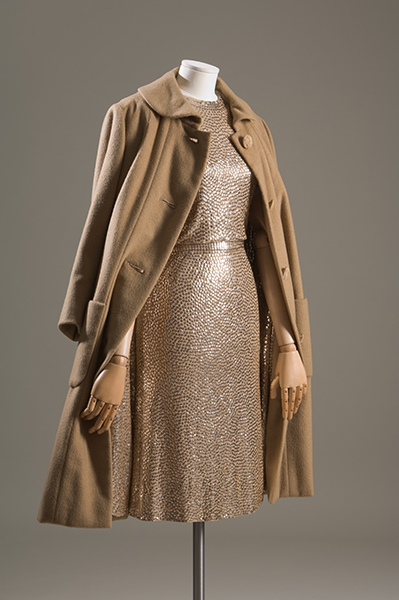
Day and evening dress, along with accessories and related objects, are arranged thematically to help paint the picture of the quality of work produced by Norell’s atelier. While examples from as far back as the 1930s are included, most of the exhibition is devoted to his most innovative period, from 1960 to 1972.
Throughout his career, Norell’s formalwear reflected a knowing sophistication as well as clean lines and comfort.
As advance materials explain, “Most representative of Norell’s work were his glittering ‘mermaid’ gowns, generously but carefully frosted with thousands of hand-sewn sequins. The base of these formfitting evening dresses was knitted jersey. The flexible fabric was cut with rounded necks and a variety of sleeves. Of his necklines, Norell proudly said: ‘I hope I have helped women dress more simply.’”
Norell’s “American glamour,” evidenced in daytime suits, jersey separates and those sparkling gowns, attracted a dazzling clientele that in its heyday included Lauren Bacall, Babe Paley, Jacqueline Kennedy, Lena Horne, Dinah Shore, Marilyn Monroe and Lady Bird Johnson.
The timeless quality of his designs, though, have kept his work in the public eye, with vintage pieces a choice of contemporary film stars and high-profile women such as Michelle Obama.
In recognizing his six decades in the fashion industry, the Norell obituary in The New York Times called him “the dean of American fashion designers.”
And in this Museum at FIT retrospective, we’ll be able to see the most fashionable proof of that tribute’s enduring truth.
“Norell: Dean of American Fashion” will be on view Feb. 9 through April 14 at The Museum at FIT, on the campus of the Fashion Institute of Technology in Manhattan. For more, visit fitnyc.edu/museum.

